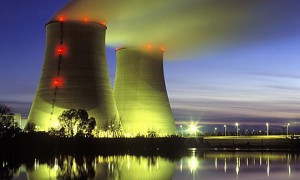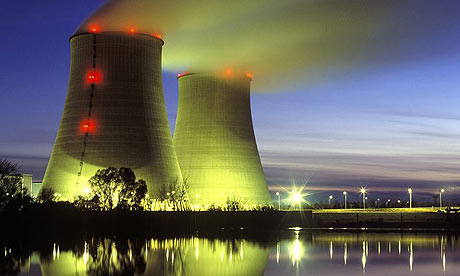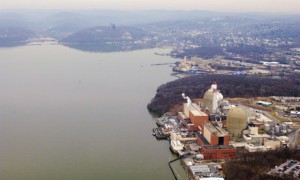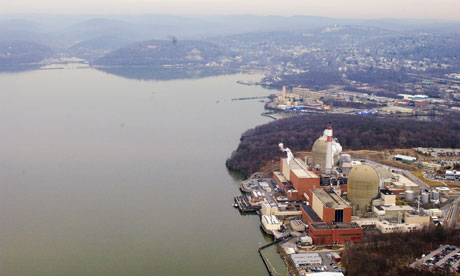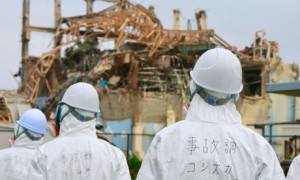The first “independent” review of the Fukushima nuclear disaster was published today and it does not make reassuring reading. Japan is perhaps the most technologically advanced nation on Earth and yet, time after time, the report finds missing measures that I would have expected to already be in place. It highlights the fundamental inability for anyone to anticipate all future events and so deeply undermines the claims of the nuclear industry and its supporters that this time, with the new generation of reactors, things will be different.
I used quote marks on the word “independent” because the report comes from the International Atomic Energy Association (pdf) (IAEA) which, while independent of Japan, is far from independent from the nuclear industry it was founded to promote. But this conflict of interest only makes the findings of the IEAE’s experts more startling.
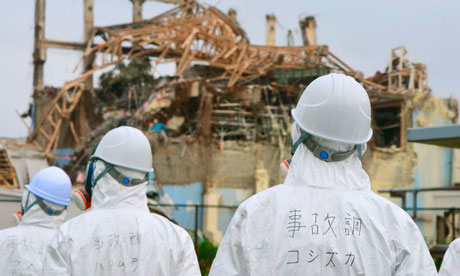
Investogators inspect the damaged building housing the No.3 reactor at TEPCO's Fukushima Dai-ichi nuclear power plant on June 17, 2011. Photograph: Kyodo/Reuters
So let’s take a look at some of the 15 conclusions and 16 lessons (I’ve edited a bit for brevity).
There were insufficient defence-in-depth provisions for tsunami hazards. In particular, although tsunami hazards were considered [in] 2002, the tsunami hazard was underestimated. Moreover, those additional protective measures were not reviewed and approved by the regulatory authority. Severe accident management provisions were not adequate to cope with multiple plant failures.
So, they looked at the tsunami risk, badly underestimated the scale of what was needed and then the regulator failed to check their work.
Japan has a well organized emergency preparedness and response system … and dedicated and devoted officials and workers. [But] complicated structures and organizations can result in delays in urgent decision making.
Even in one of the best nuclear safety regimes, the complexity of accidents can overwhelm the emergency response.
The siting and design of nuclear plants should include sufficient protection against infrequent and complex combinations of external events and these should be considered in the plant safety analysis;
Any changes in external hazards or understanding of them should be periodically reviewed for their impact on the current plant configuration
This, in other words, says that the unexpected will occur and tacitly admits it can’t be planned for.
Plant layout should be based on maintaining a ‘dry site concept’, where practicable, as a defence-in-depth measure against site flooding;
An active tsunami warning system should be established with the provision for
immediate operator action.
Nuclear power plants shouldn’t be able to flood and need tsunami warning systems to operate safely, the inspectors conclude. It’s very worrying that this is a “lesson to be learned”, in a world where many reactors are already sited on coasts, while sea levels are rising and storms are increasing in intensity.
For severe situations, such as total loss of off-site power or the engineering safety systems, simple alternative sources for these functions (such as mobile power, compressed air and water supplies) should be provided. Such provisions should be located at a safe place and the plant operators should be trained to use them.
Nuclear sites should have adequate on-site seismically robust, suitably shielded, ventilated and well equipped buildings to house the Emergency Response Centres.
More frighteningly obvious “lessons” to be learned: you need back-up equipment in a safe place that people know how to use, and somewhere safe for the emergency response to be run from.
Emergency Response Centres should have available as far as practicable essential safety related parameters, such as coolant levels, containment status, pressure, etc, [delivered by] hardened instrumentation and lines.
External events [can] affect several plants and several units at the plants at the same time. This requires a sufficiently large resource in terms of trained experienced people, equipment and supplies.
The risk and implications of hydrogen explosions should be revisited and necessary mitigating systems should be implemented.
Yet more “lessons”: you need to ensure you know what’s happening in the reactor, you need to have enough people to cope and the risk of hydrogen explosions has been underestimated.
Nuclear regulatory systems should ensure that regulatory independence [is] preserved in all circumstances.
The last lesson is also chilling, when you consider the implied alternative.
To sum up, when you build a reactor you are committing to controlling the nuclear fury at its heart for half a century or more, and controlling the waste produced for many thousands of years (using methods no-one has yet developed).
On those timescales, unforeseen events are a certainty, with hugely costly consequences. The earthquake and tsunami that hit Japan were extreme, and the IAEA report tries to argues that new nuclear safety regulations should learn lessons from the failure of the system at Fukushima to cope.
But the real lesson is that it is impossible to cover all eventualities. That means nuclear power is not safe or, given the colossal clean-up costs, cheap. Regretfully, I believe it is an illusory answer to the problem of rising greenhouse gas emissions and climate change.
Source
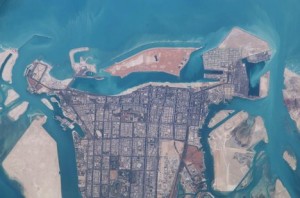
 Follow
Follow